How to Create a voice translation app: Features & Cost
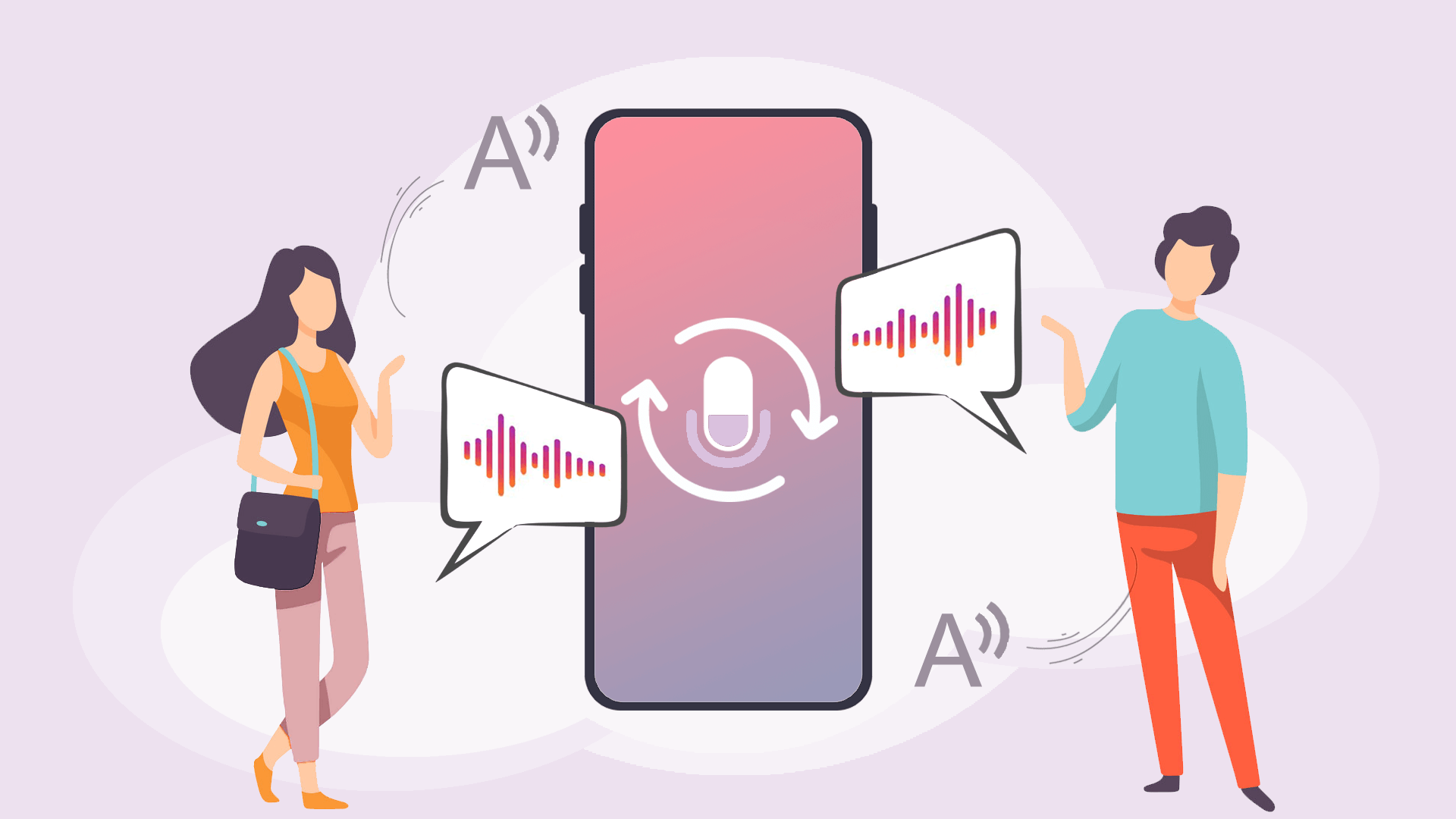
Is voice translation a future or a reality? What will the emerging language translation technologies and human-machine era bring to our reality? Get the answers to the actual questions and more in this article.
Why do we need a voice translation app?
Communication is the beginning and the end of every interaction. You want to buy something - you ask for a price. You want to make a business proposal - you hold a business discussion. Communication is the key to success, and for communication, we need to be on the same line and speak the same language. Today modern communication is supported by intelligent voice translation technologies, erasing language differences. A robust voice translation solution contributes to business development and supports business processes at all levels.
“The number of digital voice assistants in different languages will reach 8 billion in 2024, exceeding the number of population.”
Over the centuries, language played different roles in evolution, simultaneously transforming and evolving. First, the invention of writing allowed us to immortalize our thoughts. The printing press enabled the mass reproduction of one text. The telegram facilitated written communication, and the telephone powered spoken communication, slowly erasing the distance. The internet redefined the culture of communication connecting people from around the world that speak different languages. Translation, both written and spoken, came to the forefront to empower international communication. Finally, translation mobile apps have put powerful technology into smartphones, making them even more practical and handy.
It was a long introduction, but it was essential to show you the role of translation and, specifically the modern voice translation in communication processes. Further, we will reveal modern voice translation technology, market insights, technology stack, and more. Within the topic, you will get answers to the following questions:
- How to create a voice translation app in 2024
- How does the voice translation app work?
- How to create a voice translation app?
- How much does it cost to create a voice translation app?
- What is the future of voice translation?
How to Create a Voice Translation App in 2024?
Machine translation, the core technology of real-time and voice translation solutions, registered a dramatic rise with the expansion of machine learning. Here are some market insights.
The machine translation market exceeded $650 million in 2020, with expected growth at a CAGR of 25%, reaching $3 billion by 2027. The increasing demand for enterprise translation software and AI-based voice translation apps significantly affect the market rise.
The Global Voice and Speech Technology market, valued at $8,3 billion in 2021, will grow to $22,9 billion by 2026. The expected growth at a CAGR of 21,6% for the forecast period is unprecedented, and the technology will firmly be the most promising sector for a couple of years.
Market growth drivers.
- Business demand for localizing marketing strategies & content.
- Increased need for machine translation services among trading organizations.
- Demand for high-speed and cost-efficient translation.
- Technology investment in artificial intelligence in North America and Europe.
- Cloud services' adoption.
- Smart devices' penetration globally.
- Increasing demand to improve user experience in the Asia Pacific and Latin America.
Top 10 Voice Translation Apps 2024
Whether you want to create a voice translation mobile app or add a translation feature to your existing product, the development will require expertise and deep knowledge. Check out the top voice translation apps 2024 available on the market that will help you figure out which type of app you may need.
1. Google Translate, Android | iOS
The top popular and globally used translation app is Google translate, supporting 103 languages. The application is also available offline with full functionality regardless of internet connection.
Must-have features
- Free mobile application
- Customer support
Most lovable features
- 100+ languages’ support
- Absolutely free features
Things we don’t like
- No live support
2. Microsoft Translator, Android | iOS
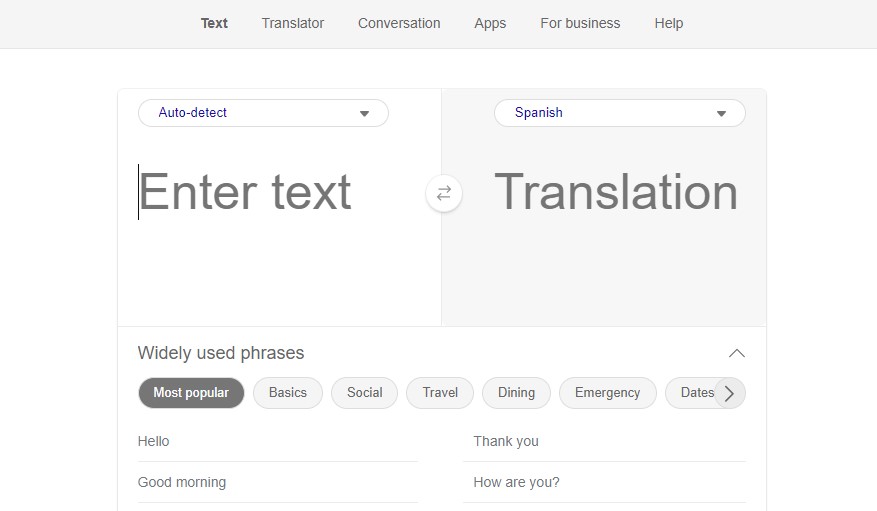
Supporting over 70 languages, the Microsoft Translation app is the top choice for enterprise translation, offering real-time and voice translations. Of course, the product can easily be used for personal purposes, being available as a mobile app.
Must-have features
- Free mobile application
- Customer support
Most lovable features
- Multiple features
- Absolutely free features
- Offline access
Things we don’t like
- No live support
3. iTranslate, Android | iOS
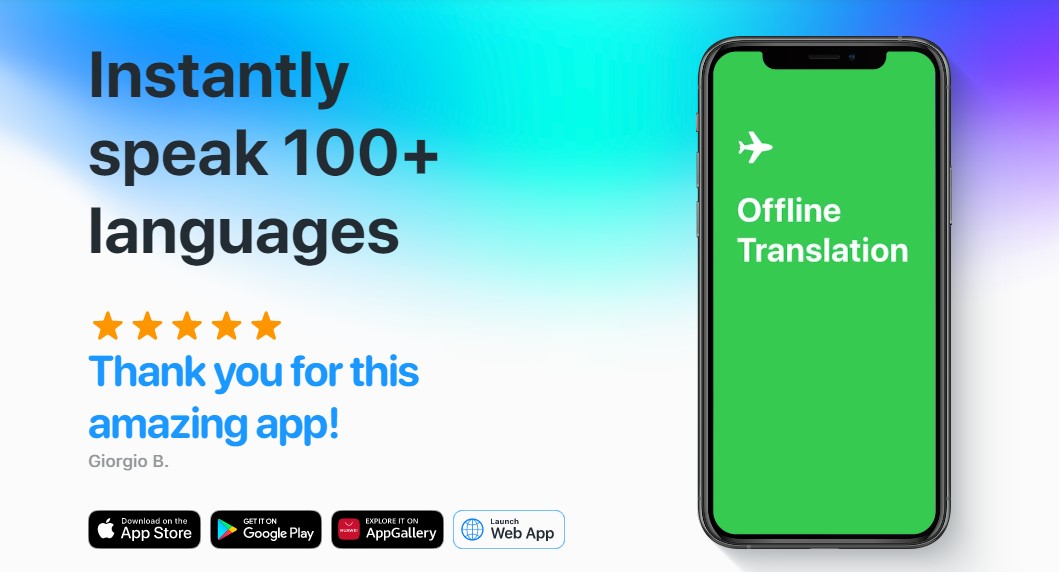
Best for different dialects, iTranslate application supports 100 languages, voice translation and an option to choose between dialects. Paid features are offline translation for 40 languages and image translation.
Must-have features
- Free version available
- Customer support
Most lovable features
- 100 languages support
Things we don’t like
- No live support
4. TripLingo Android | iOS

Another popular real-time translation app in 2024 is TripLingo, with a 10.000-word dictionary, quizzes, audio lessons, and instant voice translation.
Must-have features
- Free version available
- Customer support
Most lovable features
- Free human translation
Things we don’t like
- No live support
5. SayHi Android | iOS

With the best performance, SayHi real-time translation app may become your best friend when traveling. The lightweight app is free, supporting dozens of languages and specific dialects.
Must-have features
- Free mobile app
- Customer support
Most lovable features
- Absolutely free features
- Lightweight application
Things we don’t like
- No live support
6. Translate Voice Android
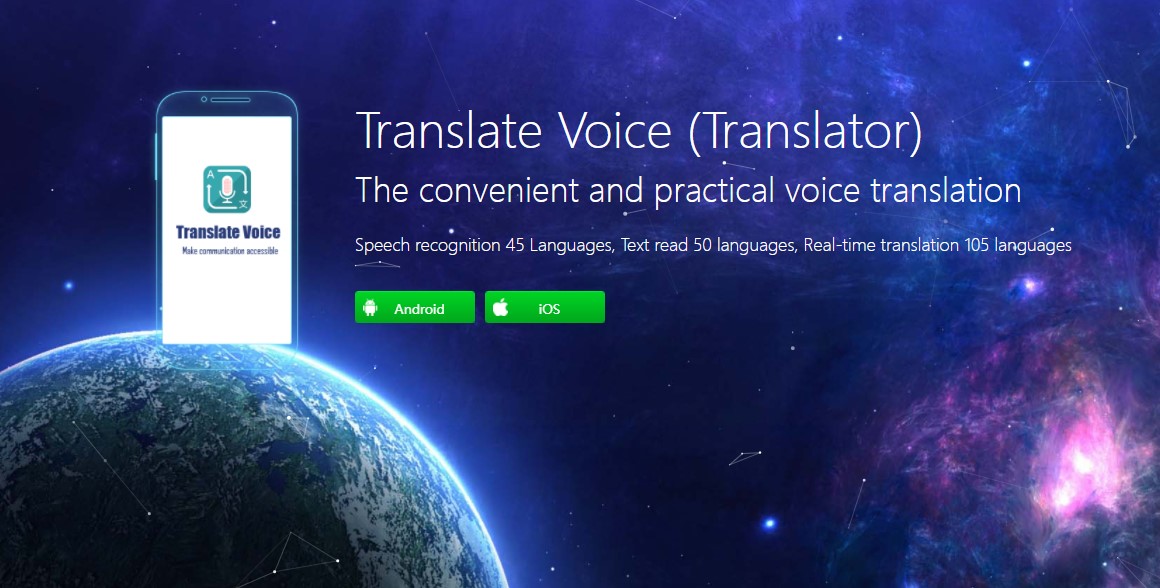
A robust application with a simple name is still one of the top choices for voice translation. Supporting over 100 languages, the app does exactly what it says.
Must-have features
- Free mobile app
- Customer support
Most lovable features
- Absolutely free features
- Simple interface
Things we don’t like
- No live support
7․ Papago Android | iOS
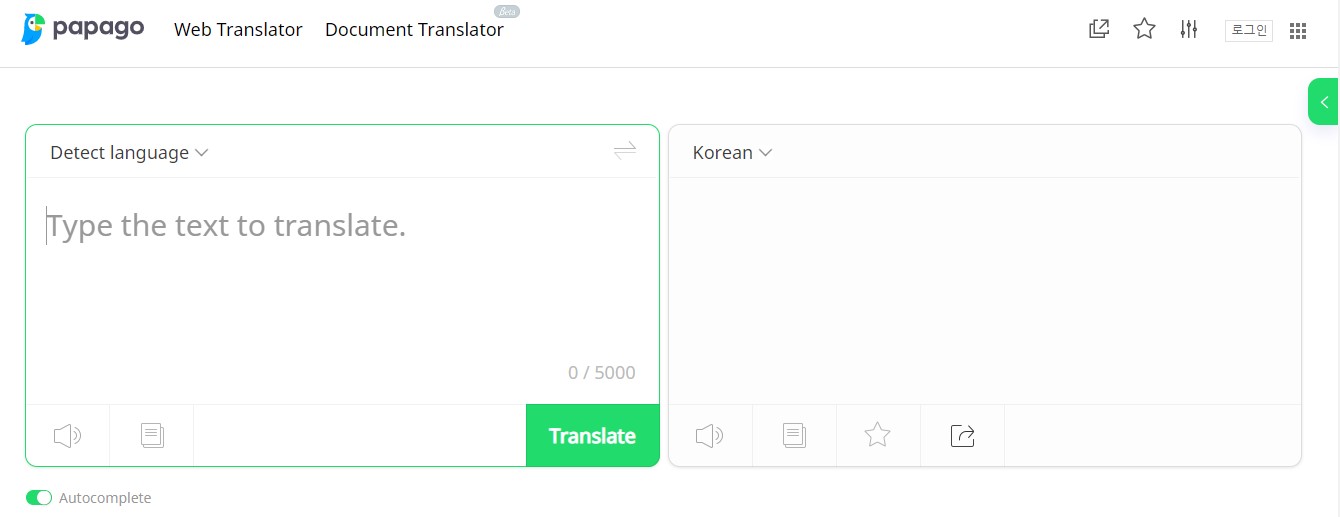
The application includes all the must-have features of real-time translation plus image, handwriting, and voice translation. Papago also provides a dictionary and offline mode.
Must-have features
- Free mobile app
- Customer support
Most lovable features
- Absolutely free features
- Offline access
Things we don’t like
- Only 13 languages
- No live support
8. VoiceTra, Android
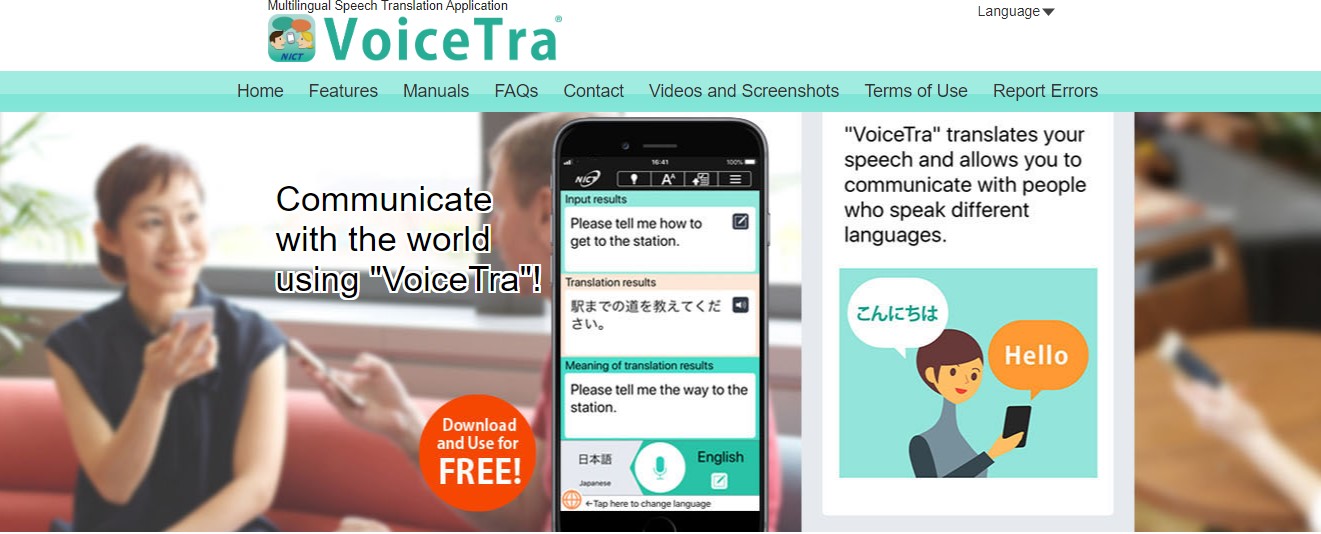
Supporting about 30 languages, VoiceTra is a great option to support your communication and translate sentences on the go.
Must-have features
- Free mobile app
- Customer support
Most lovable features
- Absolutely free features
- High-precision language detection
Things we don’t like
- No live support
9. Translate Now, iOS
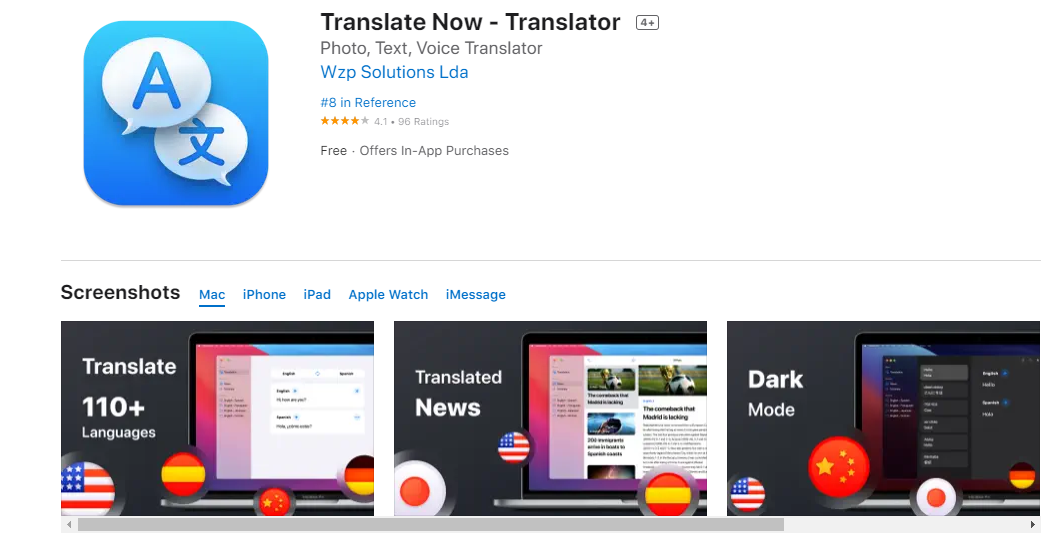
The iOS-exclusive app is paid, but it is definitely worth your attention for its useful ad-on and core translation features. Supporting about 30 languages, VoiceTra is a great option used in communication to instantly translate speech.
Must-have features
- Offline mode
- Dark mode
- Customer support
Most lovable features
- Custom-lists of phrases
- Wearable support
Things we don’t like
- No free version
10. Speak and Translate, iOS
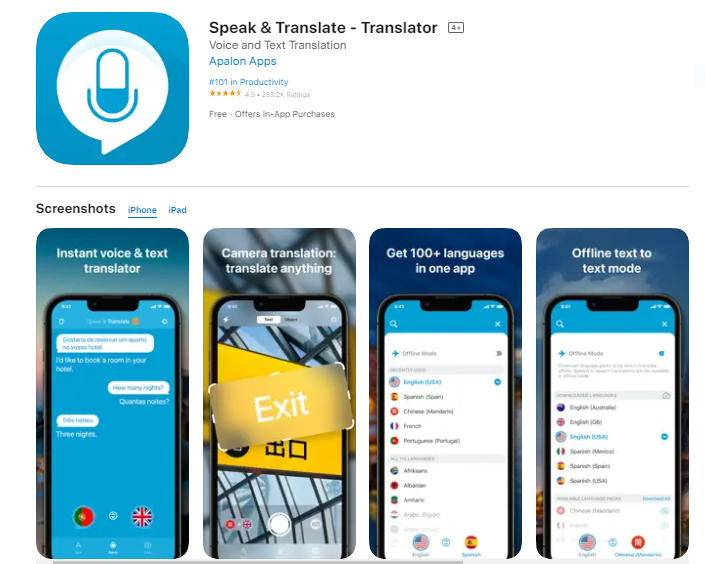
Communicate effectively with Speak and Translate app that supports over 117 languages for text translation and 54 languages for voice translation.
Must-have features
- Auto-detection
- Voice translation speed adjustment
- Customer support
Most lovable features
- Choice of voice
- History synchronization across Apple device
Things we don’t like
- No free version
How does the voice translation app work?
Voice translation is the next level of translation revolution, providing real-time speech translation for conversations instantly interpreting your speech into a target language. It is a disruptive technology for cross-cultural exchange and business expansion.
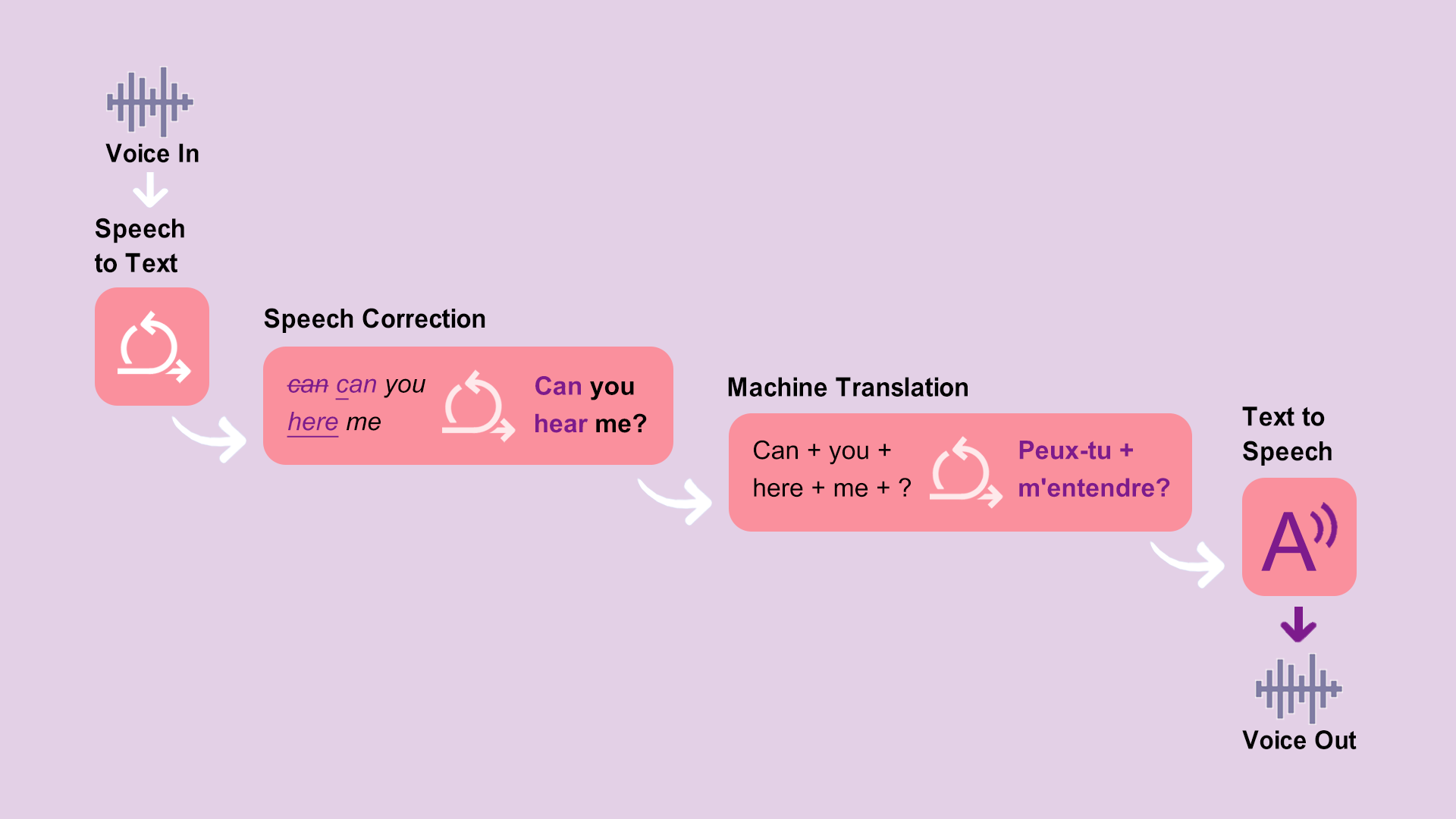
The core features of voice translation are based on three technologies:
- Automatic speech recognition (ASR) - The app recognizes your voice and words and transforms them into written text.
- Machine translation (MT) - The transformed text is translated with a machine translation module.
- Voice synthesis (TTS) - The translated text is spoken in a target language.
The voice translation technology is still in its development stage, where the greatest potential is still to be revealed. With gradually enhancing machine learning algorithms, we will have accurate speech recognition converted and translated into the target language within seconds.
How to Create a voice translation app: Technical Aspects
Whether you want to create a voice translation app from scratch or integrate voice translation components, the technology of translation service is almost identical. If we try to put it in simple words, the formula of voice translation consists of two components. It is as follows:
Microservice
Microservice is implemented on the cloud using Cloud AI features to translate the message:
- Speech-to-Text
- Cloud Translation
- Text-to-Speech
Tasks performed by the microservice:
- Receives encoded audio messages.
- Transcribes the audio message with the Speech-to-Text API.
- Translates the transcribed message with the Translation API.
- Synthesizes the translated message with the Text-to-Speech API.
- Stores the translated message in Cloud Storage.
- Sends the translated response back to the client.
Client app
On the user side, the client component records audio messages and later downloads the translated message from the Cloud Storage bucket.
Tasks performed by the client app:
- Records the audio message with the Speech-to-Text API.
- Encodes the audio message.
- Sends an HTTP request to the microservice with the encoded audio message.
- Receives the HTTP response to the locale of the translated audio message from the microservice.
- Sends a request to the Cloud Storage bucket to retrieve the translated audio message.
- Plays the translated audio message.
The following diagram shows the interaction of the two components; microservice and the client app.
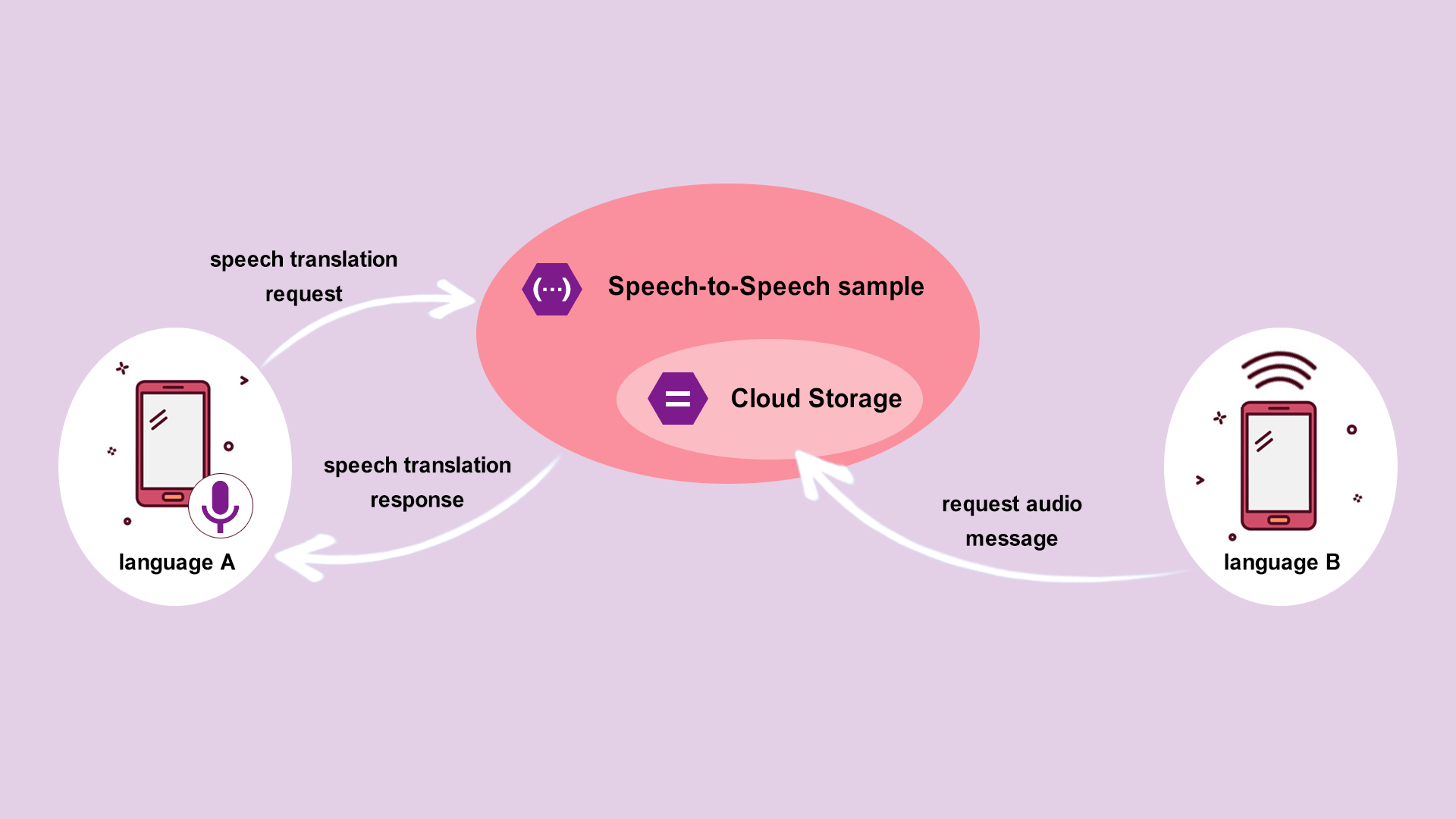
Technologies Used to Create a Voice Translation App
The latest news predicts AI-based voice recognition and translation technologies will be mainstream. The technologies aimed at automating processes have reached the language translation industry, completely changing its profile. Here are the technologies empowering the new voice translation applications.
Machine Learning in Voice Translation
The brain, composed of approximately 100 billion cells called neurons and connections called dendrites, is at the heart of the branch of Artificial Intelligence known as Machine Learning. The three basic parts of the neurons are the input layer, hidden layer, and output layer, responsible for getting information, processing, and generating results.
The rise of Neural Machine Translation (NMT)
Using the power of artificial intelligence and machine learning algorithms, NMT grabs the whole input sentence or speech and generates the output. Just like a human translator, neural machine translation hears the sentence, catches the meaning, and then translates it.
How to Create a voice translation app Step by Step
Aside from the technical aspect of voice translation app development, the application development goes through several stages critical for building a competitive application meeting user needs.
Market research: it is the initial and maybe the most critical stage when starting with an application. With market research, you reveal the market's potential, its trends, make predictions about market growth, and what your value proposition will be.
Competitor analysis: in parallel with market research, the stakeholders carry out competitor analysis to list the popular names, reveal their users, user preferences, which features are most lovable, and more. The crucial research will help you find more features you may want to add to your future app as a competitive advantage.
Concept finalization: your idea may be too vague. If preceded by market research, it may turn out it is outdated or unrealistic. A more optimal way to have a voice translation app concept is to rely on research data.
App name & logo creation: it should be related to voice translation, easy to remember, and eye-catching.
Real-time translation design: wrap your application and features into a presentable and beautiful “package” that will make users love your app. Here simple UI/UX and accessibility are the priority.
Gamification & engaging functionality: add a fun part to your application to make your app stand out.
Marketing plan: support voice translation app development and deployment with a strong marketing plan, grabbing customers before the app launch.
Security matters: think of a robust security system for your app that will use cloud services and messaging technology.
How Much Does It Cost to Create a Voice Translation App?
Real-time and voice translation software can be prospective business ideas and investments by providing a billion translations a day and supporting millions of communications worldwide. But first, let’s find a brief answer to the question, “How much does it cost to develop a voice translation app?”
The approximate voice translation app development cost would be $25.000 - $30.000. The price is calculated based on minimum viable product features without post-release support and maintenance. With each additional feature, the price may slightly or dramatically change.
Moreover, depending on the preset features, the number of platforms, and specific demands, the price may again change during the process. It is hard to give a price estimation to the stakeholders in the initial stages of project discussions, so think of a budget that is no less than $30.000.
The Cost-driving Features of a Voice Translation App
| App Features | User | Admin Panel |
| New conversation | Dashboard Analytics | |
| Write New Conversation | Manage Audio records | |
| Speech to text translator | Manage Video records | |
| Audio Record | Manage Languages | |
| Video record | Manage Language Dictionary | |
| Multi-lingual | Manage Banners | |
| Banners and Ads | Manage Ads | |
| Chat with experts | Manage Expert Chat | |
| Push notifications | Manage Reports | |
| Location access to automatically set the local language | Manage Notification | |
| Chat-like visual flow | Manage Subscription | |
| Premium features | Manage Reports | |
| Settings | ||
| Audio Playback of Voice Translations | ||
| Choice of voices | ||
| Language Compatibility |
Additional features
| Additional App Features | User | Admin Panel |
| Visual Translation | Advanced analytics | |
| Bot support | ||
| Wearable integration |
idict - Addevice's Experience in Voice Translation App Development

As voice-driven technology continues to gain traction, Addevice has created an App, idict that can translate both voice and text from over 137 languages. The application incorporates natural language processing (NLP), i.e., the automatic processing of natural language, to gain a competitive advantage. The use of machine learning and natural language processing enables users to have their voices interpreted not by a robot but by their own. idict will translate the user's voice and reply in their native language from a linguistic standpoint.
The application is powered by a set of valuable features:
- Text translation in more than 100 languages
- Voice cloning
- Voice translation
- Camera translation
- Keyboard translation
- Offline translation
- Data encryption
- Powerful translation API
How to Create a Voice Translation App: What's Next
Voice translation is, without doubt, the next-gen solution helping not only in daily life but having a disruptive effect for business development and communication. How will you benefit from creating a voice translation app? First of all, the vast market with a few giant players still has space to introduce yourself and grab your portion of “pie.” With a reliable partner, experienced in building apps based on artificial intelligence and machine learning, it is possible to create a voice translation app, your new business initiative in the digital world.
Aside from the technical aspect of voice translation app development, the application development goes through several stages critical for building a competitive application meeting user needs.
- Market research
- Competitor analysis
- Concept finalization
- App name & logo creation
- Real-time translation design
- Gamification & engaging functionality
- Marketing plan
- Security matters
How to Create a voice translation app, create a voice translation app, Voice Translation App Development, Apps for Patients, Instant Apps Development, ML App Development, Messenger Marketing, Smart Watch App Development, Language Learning App, Create a Streaming Service, How to Make an IoT App, Google Instant Apps, Trip Planners, Business Strategy, Mobile Monetization, Uber App,
Revolutionize Your Tech Game With Addevice
Explore the process of creating a powerful voice translation app
Our Expertise Covers:
✅ Accurate and efficient voice recognition
✅ Multi-language translation capabilities
✅ User-friendly interface and real-time translation
Table of contents
FAQ
The approximate voice translation app development cost would be $25.000 – $30.000. The price is calculated based on minimum viable product features without post-release support and maintenance.
Aside from the technical aspect of voice translation app development, the application development goes through several stages critical for building a competitive application meeting user needs.
- Market research
- Competitor analysis
- Concept finalization
- App name & logo creation
- Real-time translation design
- Gamification & engaging functionality
- Marketing plan
- Security matters
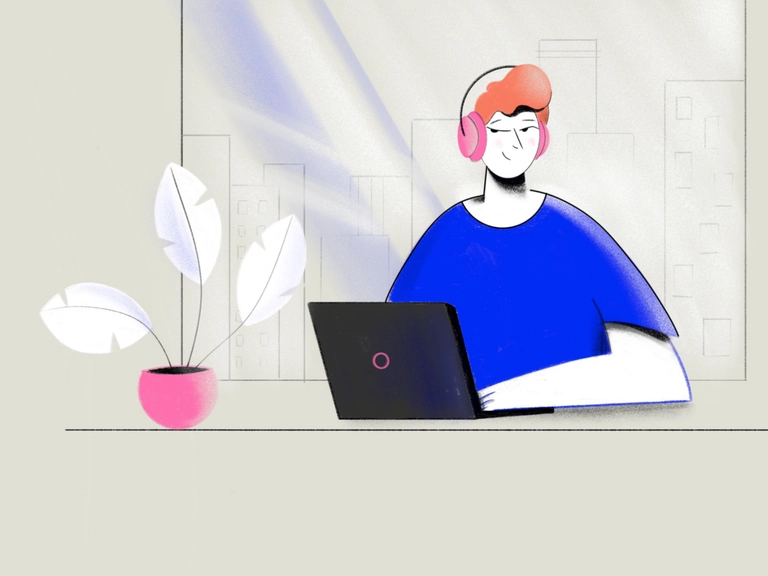 How To Start A Streaming Service: Guide For App Ideas
How To Start A Streaming Service: Guide For App Ideas
 Augmented Reality App Development: Extensive Guide
Augmented Reality App Development: Extensive Guide
 How To Build An AI App In 2024
How To Build An AI App In 2024